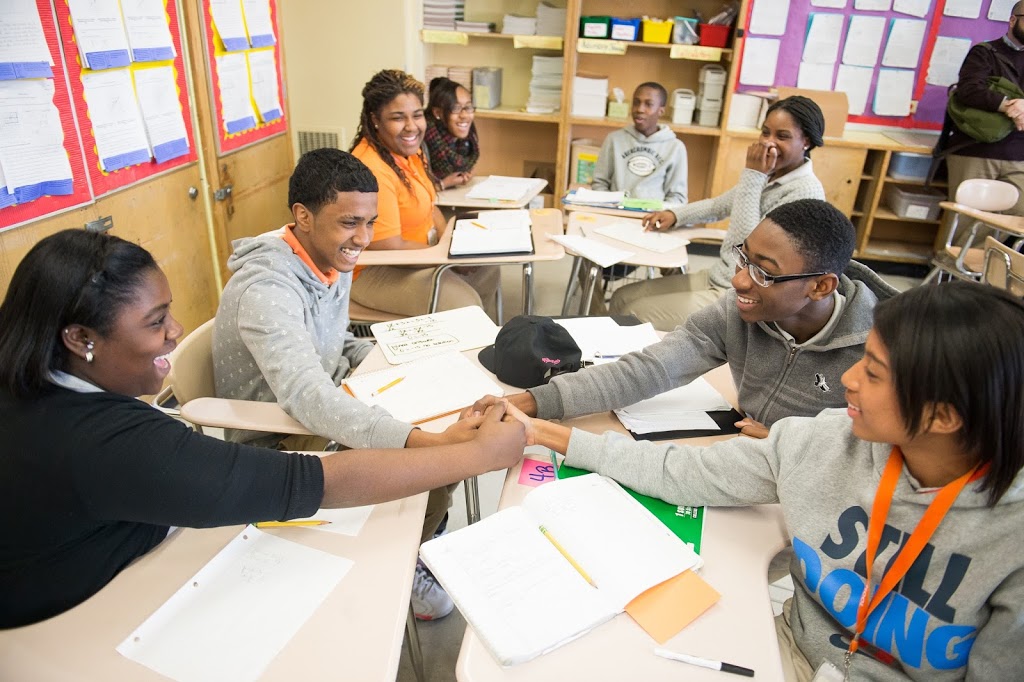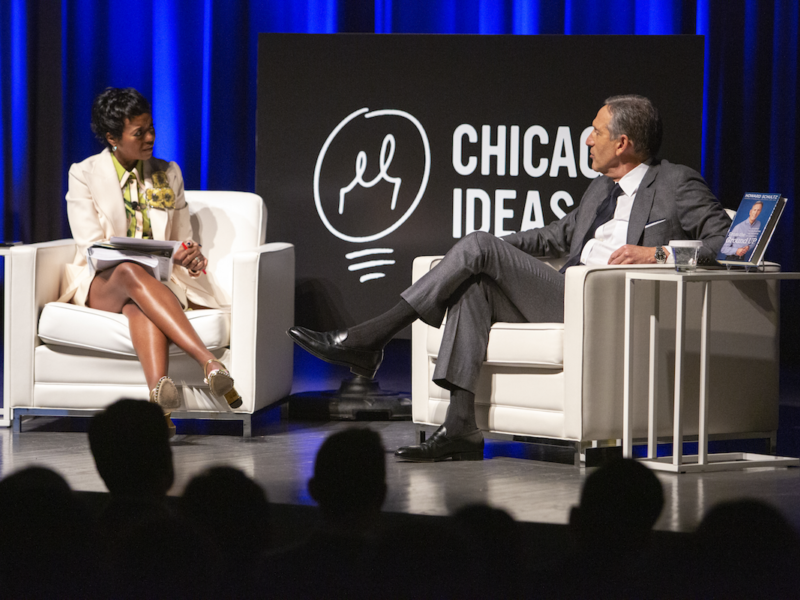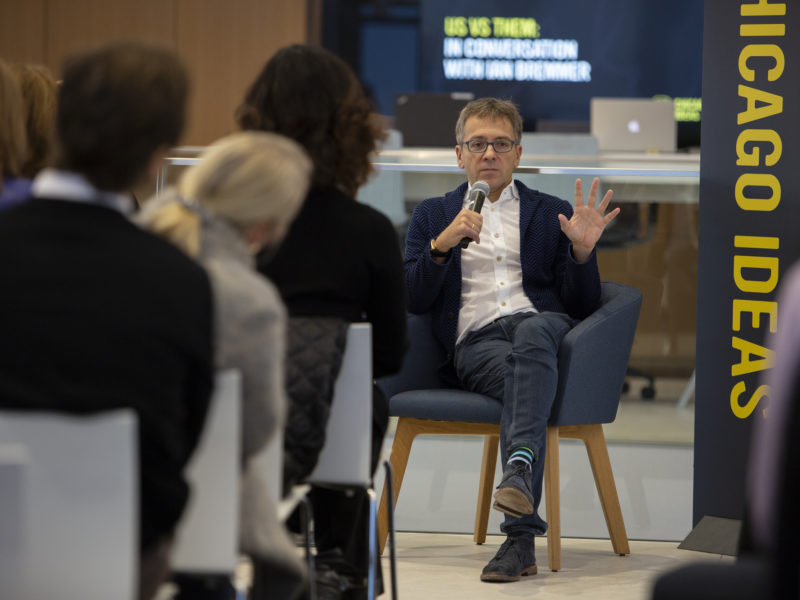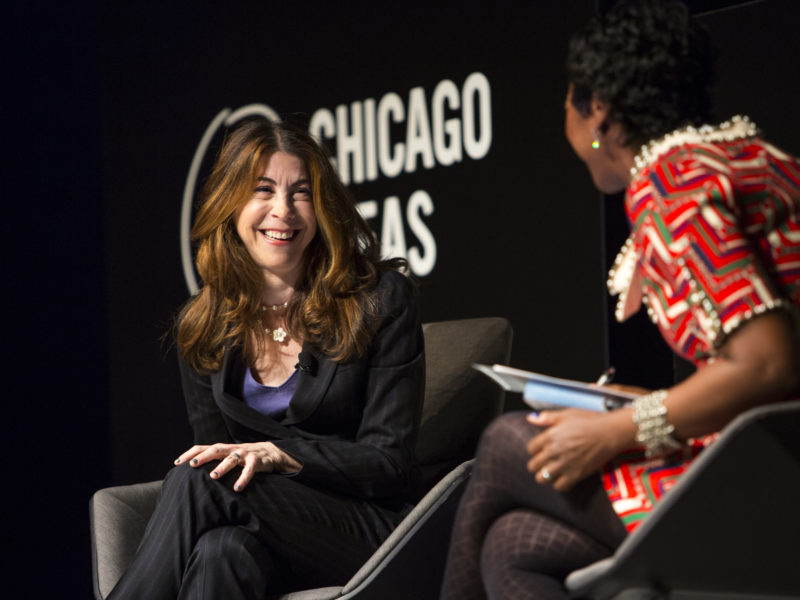
CIW Guest Blog: Turnaround for Children’s Melanie Mullan and NYC Principal Lorraine Chanon Are Partners in School Transformation
CIW 2013 Speaker Melanie Mullanis Chief Program Officer at Turnaround for Children, a nonprofit organization that partners with public schools to address the obstacles to teaching and learning that stem from the stress of poverty. Lorraine Chanon is the Principal at Fannie Lou Hamer Middle School in New York City’s South Bronx, which has partnered with Turnaround since 2009. Mullan and Chanon offer their views on the challenges schools face and how together they can surmount them.

Melanie Mullan shared Turnaround’s approach to school success at CIW 2013.
Mullan: Nearly one in four children in the US lives in poverty. Of these children, a vast majority has been exposed to violence, substance abuse, disrupted relationships, homelessness and/or other hardships. These adversities have a direct and measurable impact on children’s ability to learn, as they are unable to leave their stressors at the schoolhouse door. Thanks to emergent brain research, much of what we at Turnaround for Children have observed over the years—children who appear angry, lag academically or are unable to focus—has come into greater focus. We now have a clearer view into the predictable and recurring ways that adversity and chronic stress interfere with learning and development. With this understanding, we believe schools can organize to defuse the impact of that stress, much as our partner Fannie Lou Hamer Middle School has experienced.
 |
| Middle school students engage in cooperative learning, one of the teaching techniques that leads to future success. Photo credit: Brian Hatton. |
Chanon: At Fannie Lou Hamer Middle School, we have always worked to build an environment that blends high expectations with positive social emotional learning. Yet despite our small class size and engaging curriculum, there was always an undertone of student negativity. Our teachers maintained caring relationships with their students, yet students would still act out. This stress wore down teachers and students alike. Students came to school with issues that teachers were not prepared to handle and couldn’t overcome. We wanted to help but didn’t know how.
Mullan: At Turnaround, we think about schools on a Red-Yellow-Green continuum. RED represents schools that are overwhelmed by stress, disruption and students unready to learn. YELLOW represents schools where the culture and climate is safe, calm and focused but there is still much academic recovery needed. GREEN represents schools where students are developing socially, emotionally and academically in a supportive, high-expectations environment. While much of the education reform movement of the last two decades has focused on the distance from Yellow to Green, far less has been done to solve the challenges of Red schools. Without the backbone of a safe, supportive school culture, improving academics becomes that much more challenging.
Chanon: We sought to partner with Turnaround to build support around Classroom Management—yet the relationship became much more than that. Turnaround helped us provide support for our most at-risk students, and by meeting those student’s needs, we were better able to support the rest of our learners. Looking closely at the students who were most traumatized, we realized that suspensions could only go so far. We needed to connect the entire school community though to involve families, engage students and set clear limits and expectations. Turnaround for Children’s comprehensive service model also gave us strategies to create caring and safe learning environments for all students. They helped teachers create true cooperative learning groups that really worked. It wasn’t a matter of just sticking four students at a table and instructing them to “do this work.” Turnaround helped us build groups where students could really put their heads together to think critically about a meaningful topic and then share their work with the rest of the class. Turnaround for Children helped us build a sense of trust and interconnection that permeates our whole building.
Mullan: Turnaround’s multi-year partnership is designed to transform schools into what we call “Fortified Environments for Teaching and Learning”— environments intentionally designed to relieve stress, foster positive relationships between students and adults and instill in children a sense of belonging and motivation, ultimately producing the conditions for healthy development and academic recovery and growth. Our tiered intervention works simultaneously to address the student, classroom and school needs, providing teacher training, expedited student services and integrating our team with the school’s leadership. As with Fannie Lou Hamer, the combination of our strong partnership and the school staff’s dedication to both improving the school climate and helping students can achieve a gradual change from Red to Yellow.
Chanon: Before Turnaround, you could walk into the classrooms of Fannie Lou Hamer and see good teaching, but maybe not a caring class. Since our partnership, our classrooms are more student-centered. Teachers feel prepared with a rich toolbox of strategies to connect with students, from leveraging cooperative learning to engage thinking, to developing meaningful learning targets with students to addressing expectations on a Common Core concept. Through our partnership, we have been able to raise the bar in all areas of teaching and learning.




